The brief for this exercise is to “Explore a range of websites or other forms of new media (games, video, other interactive media, etc.) and identify examples of what you would consider cutting edge or inventive forms of visual communication.”
What I already find interesting is how pervasive the concept that “the media is the message” truly is. And I am fully aware that I am already reflecting before I carry out the brief, but it is that striking to me. Onwards and sideways…
Augmented Reality (AR)
The goals of augmented reality are to enhance interactivity and user experience by overlaying features and images onto the users perception. In reality, this is usually performed using a smartphone or tablet camera, with graphics on top. Most famously, and something of a cultral phenomena for a while, is/was Pokemon Go.

Many other examples exist, not just in gaming, but in information and product selection uses. Amikasa helps you style rooms and desired layouts before you ever buy a piece of furniture or household hardware:

Augmented reality is being used in military applications (as a ‘head-up’ display), but also in medicine, where it guides surgeons during operations. Quite literally, the cutting edge of visual communication:

It will be interesting to see what the next iteration of this form of communication is. Perhaps it will combine with VR (Virtual Reality) to give a fully immersive interaction, where the AR and the VR merge to bring a fully 3D experience to the user.
The Hamburger
This is the coloquial name for the sign that means ‘menu’

This single ident means that we are seeing less menus, tabs and radio buttons on web pages, with many opting to user a hamburger for navigation (although there are many other methods comin to the fore: scrollovers, popups, popovers and colour effects).
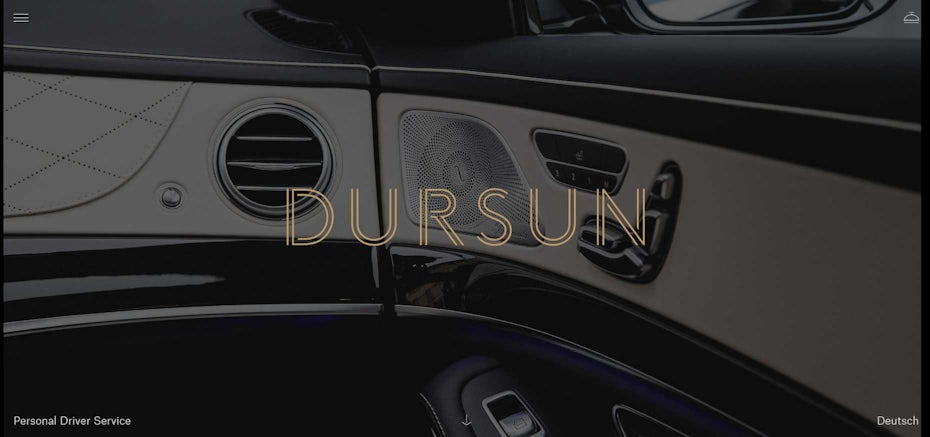
A prooduct of the rise in mobile browsing, this has been adopted as the default for many very recent web presences. It may be thought of as surprising that a single peice of symbology can have become both ubiquetous and also be at the cutting edge of visual communication. This perhaps reinforces just how rapidly social, technological and communication changes are occurring. It makes me wonder if Moore’s Law (applied as a rate of change) is applicable as equally to visual communication as it is to computing power.
Do these examples still conform to messages that persuade, inform, or entertain?
I think that the simple answer is, yes. In fact, that is their whole purpose. The media, form and style may change, but the function remains very much at the core. And perhaps it is this function, that images, or messages, must persuade, inform, or entertain, that is the very core point of visual communication.





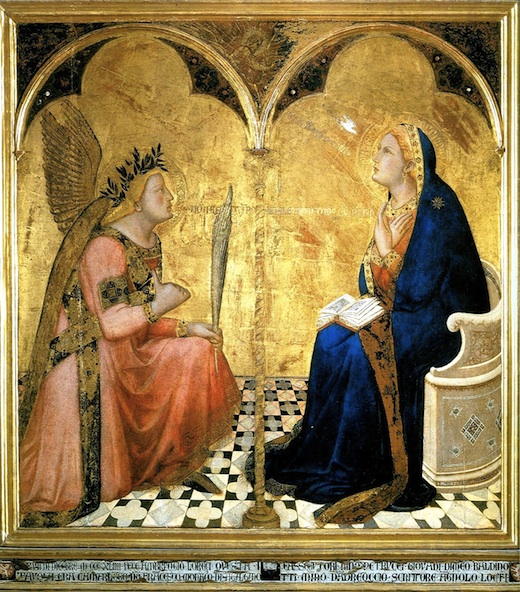


















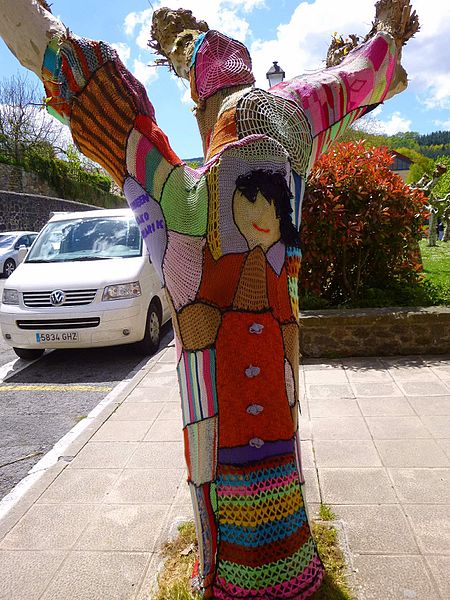
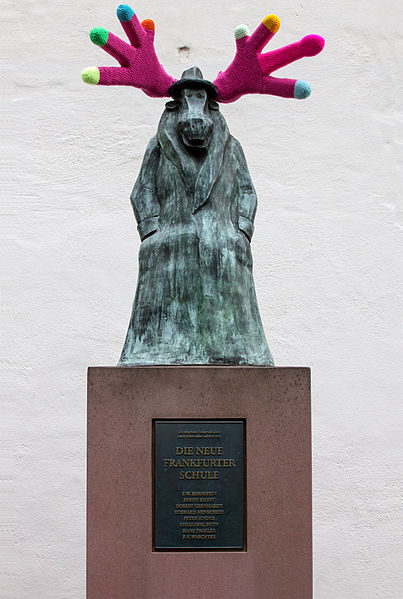
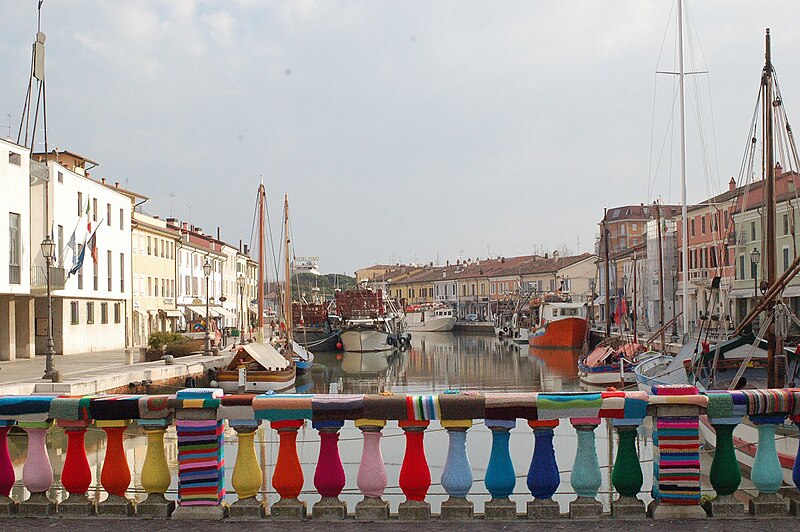

You must be logged in to post a comment.